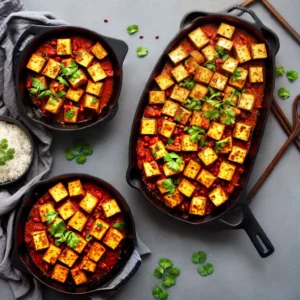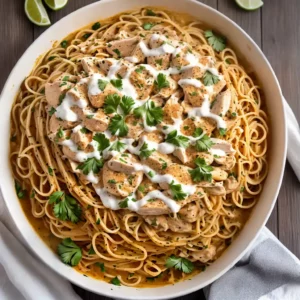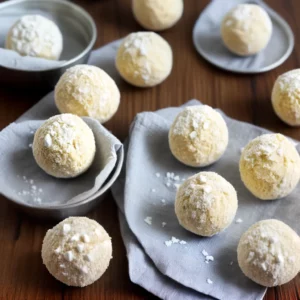Have you ever wondered how many milliliters are in a liter? Understanding the conversion between these two units of measurement is essential for accurate calculations in cooking, science experiments, and various other everyday scenarios. Whether you’re whipping up a recipe in the kitchen or conducting precise measurements in a laboratory, knowing how to convert between milliliters and liters will ensure that your calculations are correct.
Key Takeaways – How Many Milliliters in a Liter:
- 1 liter is equal to 1,000 milliliters.
- To convert milliliters to liters, divide the number of milliliters by 1,000.
- To convert liters to milliliters, multiply the number of liters by 1,000.
- The liter is a metric unit of measurement introduced in France in 1795.
- The milliliter is one thousandth of a liter.
What is a Milliliter?
A milliliter, often abbreviated as ml, is a unit of measurement used to quantify volume, specifically liquids, in the metric system. It is derived from the liter, which is the base unit for volume in the metric system. One milliliter is equal to one-thousandth of a liter, making it a small unit of measurement.
In practical terms, a milliliter represents the volume of a cube that measures one centimeter on each side. This tiny volume is often used to measure small amounts of liquids, such as medication doses or spices in a recipe. Understanding milliliters is important when dealing with measurements in the kitchen, laboratory, or any situation that requires precise liquid measurements.
“A milliliter is a versatile unit of measurement that finds its application in various fields, such as cooking, chemistry, and healthcare. It allows for accurate measurement and easy conversion between different volumes.”
The diagram below illustrates the relationship between milliliters and other metric volume units:

| Volume Unit | Equivalent |
|---|---|
| 1 milliliter (ml) | 1/1,000 of a liter (L) |
| 1 liter (L) | 1,000 milliliters (ml) |
| 1 cubic centimeter (cc) | 1 milliliter (ml) |
Importance in the Metric System
The milliliter is an essential component of the metric system, which is widely used for scientific and everyday measurements around the world. The metric system provides a decimal-based system of measurement, making conversion between different units of measurement easier and more consistent.
By understanding milliliters and their relationship to liters and other metric volume units, individuals can accurately measure and convert liquid volumes in a wide range of contexts. Whether it’s following a recipe, conducting scientific experiments, or simply measuring the right amount of liquid for personal use, knowing milliliters ensures precision and accuracy in measurement.
- Milliliter (ml): a small unit of measurement, one thousandth of a liter
- Liter (L): the base unit for volume in the metric system, equivalent to 1,000 milliliters
- Cubic centimeter (cc): another metric volume unit, equivalent to 1 milliliter
In conclusion, a milliliter is a crucial unit of measurement for quantifying liquid volumes in the metric system. Understanding milliliters provides the foundation for accurate conversions and precise measurements in various fields, from cooking to scientific research. So, the next time you encounter milliliters in your daily life, you’ll be well-equipped to make informed and precise measurements.
What is a Liter?
A liter, denoted as L, is a unit of measurement that represents volume in the metric system, particularly for liquids. It is equivalent to 1,000 milliliters (ml). In other words, one liter is equal to one thousand milliliters. To convert milliliters to liters, you simply divide the number of milliliters by 1,000. For example, if you have 1,500 milliliters, you would divide that by 1,000 to get 1.5 liters.
To convert liters to milliliters, you multiply the number of liters by 1,000. For instance, if you have 1.5 liters, you would multiply that by 1,000 to get 1,500 milliliters. It’s important to understand these conversions, as they are commonly used when dealing with liquid measurements in various contexts.
The liter is a unit of measurement with historical significance. It was introduced in France in 1795 and is now recognized as part of the International System of Units (SI units). Its definition is based on the space occupied by 1 kilogram of pure water at its maximum density, under specific conditions. This standardized definition ensures consistency and accuracy when using liters as a volume measurement.
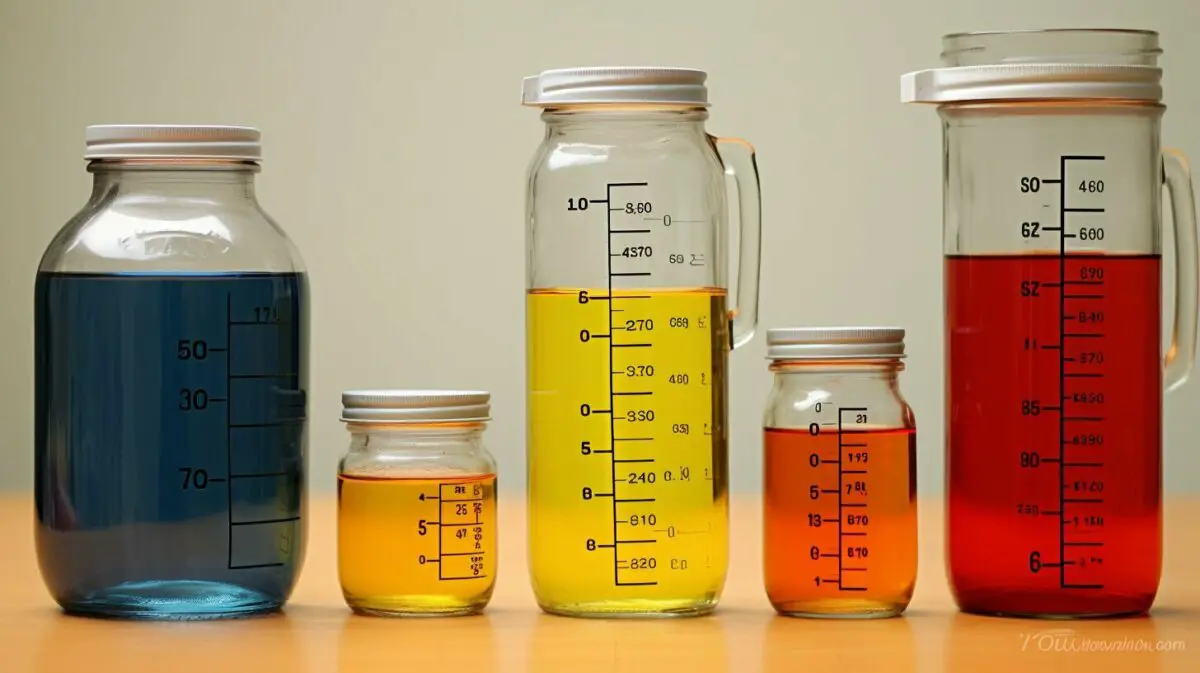
A milliliter (ml) is one thousandth of a liter. This means that there are 1,000 milliliters in a liter. Understanding this fractional relationship is essential when working with smaller quantities of liquid. For example, if you have 250 milliliters of liquid, you can express that as 0.25 liters (250 divided by 1,000). This knowledge allows for precise and accurate measurements in recipes, scientific experiments, and everyday activities.
| Milliliters (ml) | Liters (L) |
|---|---|
| 1,000 | 1 |
| 500 | 0.5 |
| 250 | 0.25 |
| 100 | 0.1 |
By familiarizing yourself with the relationship between milliliters and liters, you can confidently navigate liquid measurements and easily convert between the two units. Whether you’re cooking up a recipe, conducting a scientific experiment, or simply pouring a drink, knowing how to convert milliliters to liters and vice versa will ensure accurate measurements and efficient results.
Understanding the Conversion – How Many Milliliters in a Liter:
To convert between milliliters and liters, you need to use a simple formula and follow the correct conversion ratio. In order to convert milliliters to liters, you divide the number of milliliters by 1,000. For example, if you have 1,500 milliliters, you would divide that by 1,000 to get 1.5 liters. On the other hand, if you want to convert liters to milliliters, you multiply the number of liters by 1,000. So, if you have 1.5 liters, you would multiply that by 1,000 to get 1,500 milliliters.
Understanding this conversion is essential in various situations. In cooking, precise measurements are crucial for a successful recipe. Whether you’re scaling up or down a recipe, knowing how to convert between milliliters and liters ensures accurate results. In scientific experiments, proper measurement conversions are vital for maintaining accuracy and consistency. And in our daily lives, being able to convert between milliliters and liters allows us to understand the volume of liquids we encounter, such as when pouring a glass of water or filling up a gas tank.
To help you visualize the conversion, here’s a simple table:
| Milliliters (ml) | Liters (L) |
|---|---|
| 100 | 0.1 |
| 250 | 0.25 |
| 500 | 0.5 |
| 750 | 0.75 |
| 1,000 | 1 |
Remember, 1 liter is equal to 1,000 milliliters. So, each milliliter is a small fraction of a liter, specifically one thousandth. This understanding will help you make accurate conversions and ensure precision in your measurements.
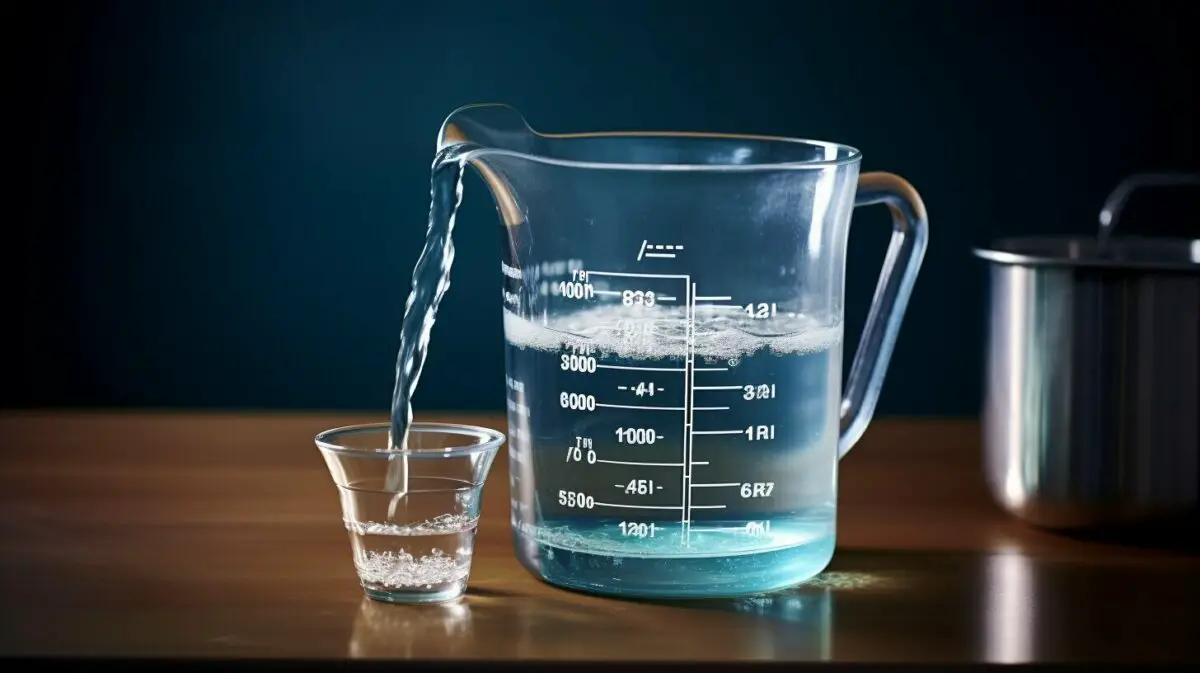
When you want to convert from milliliters to liters, follow these simple steps to ensure accurate calculations. Remember, 1 liter is equal to 1,000 milliliters, so the conversion involves dividing the number of milliliters by 1,000. How Many Milliliters in a Liter? (Measurement Conversion Guide).
Let’s take an example to illustrate the process. Say you have 2,500 milliliters of liquid that you want to convert to liters. To do this, divide 2,500 by 1,000, which gives you 2.5. Therefore, 2,500 milliliters is equal to 2.5 liters.
To make the conversion process even clearer, here’s a table summarizing the conversion of different milliliter values to their corresponding liter equivalents:
| Milliliters (ml) | Liters (L) |
|---|---|
| 500 ml | 0.5 L |
| 1,000 ml | 1 L |
| 2,500 ml | 2.5 L |
| 5,000 ml | 5 L |
| 10,000 ml | 10 L |
Remember, when converting milliliters to liters, always divide the number of milliliters by 1,000. This will help you accurately measure liquids in a larger unit of volume, making it easier to work with in various contexts.
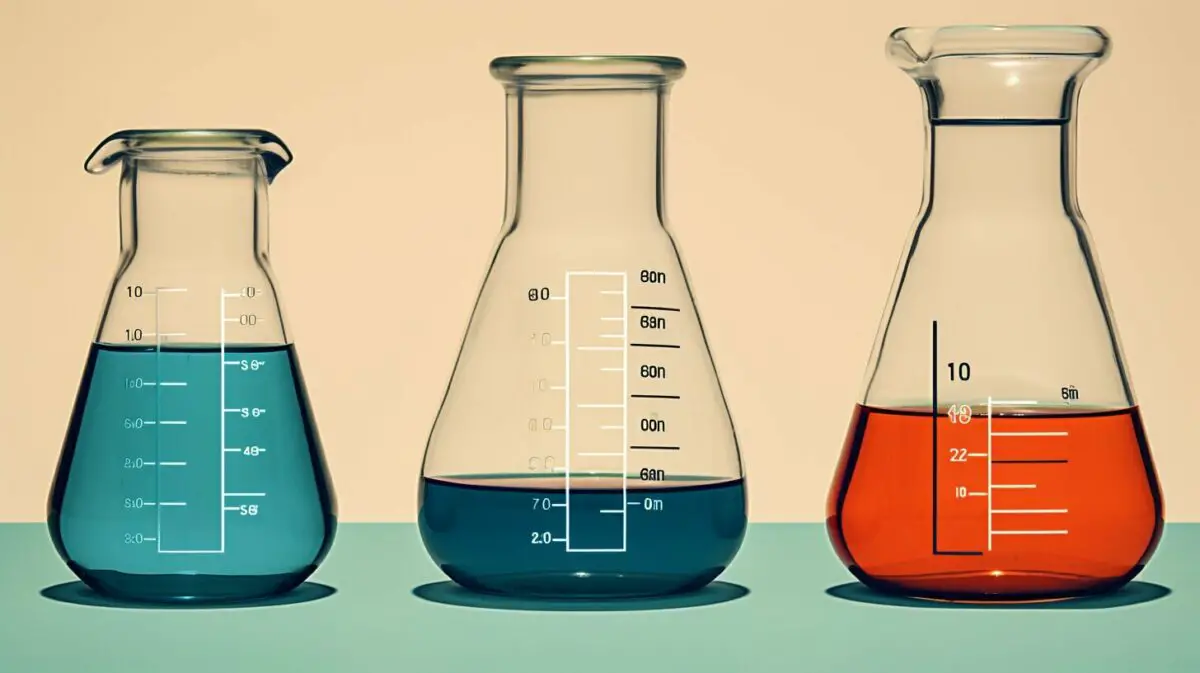
If you need to convert from liters to milliliters, follow these straightforward steps to ensure precise measurements. The conversion from liters to milliliters is a simple multiplication calculation. Since there are 1,000 milliliters in 1 liter, you can convert liters to milliliters by multiplying the number of liters by 1,000. Let’s take an example:
“I have 2.5 liters of water. How many milliliters is that?”
To convert 2.5 liters to milliliters, simply multiply 2.5 by 1,000:
2.5 liters x 1,000 = 2,500 milliliters
So, 2.5 liters is equal to 2,500 milliliters.
Converting liters to milliliters is a useful skill to have, especially when dealing with larger quantities. For example, in scientific experiments or when measuring liquids in large containers, using milliliters provides a more precise measurement than using liters alone. By understanding this conversion and following the simple steps outlined above, you can ensure accurate and consistent measurements in your everyday life.

| Liters | Milliliters |
|---|---|
| 1 | 1,000 |
| 2 | 2,000 |
| 3 | 3,000 |
| 4 | 4,000 |
| 5 | 5,000 |
Historical Background of the Liter
The liter, as a unit of measurement, has a fascinating historical background that dates back to its introduction in France in 1795. It was during the French Revolution that the need for a standardized system of measurement became evident, and the metric system was born. The liter was one of the units created to measure volume, alongside the gram for mass and the meter for length.
The adoption of the liter as part of the international system of units (SI units) came later, as other countries recognized the benefits of a standardized measurement system. Today, the liter is widely used worldwide, particularly in scientific and commercial applications.
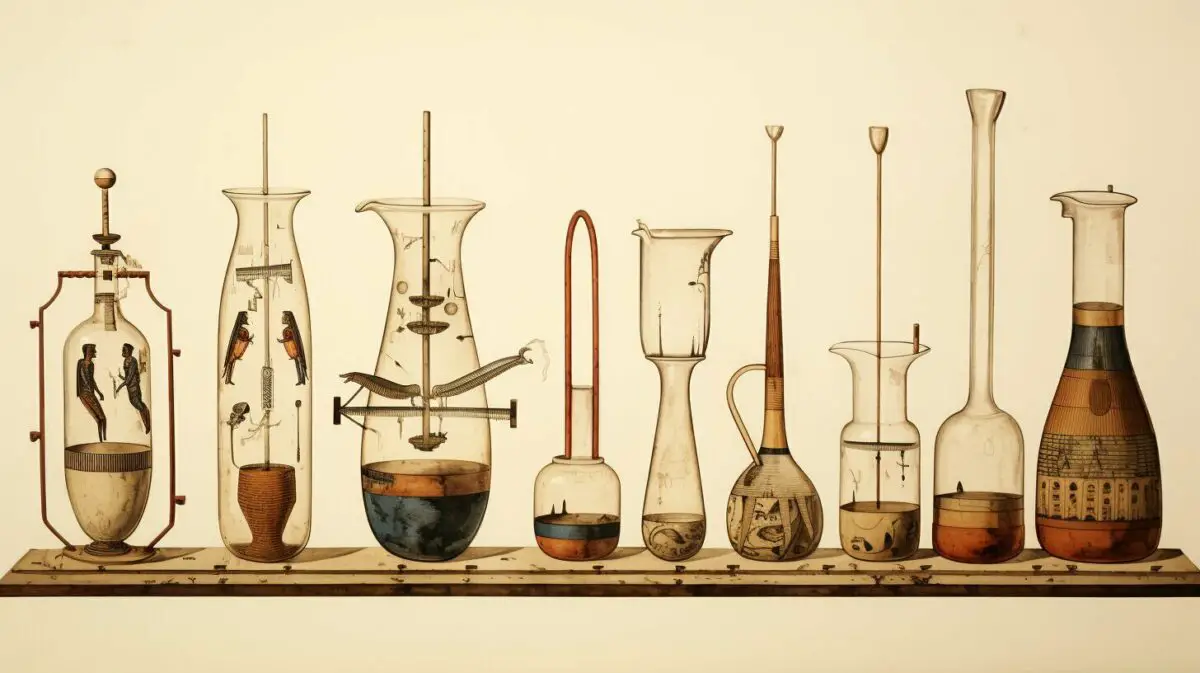
| Year | Event |
|---|---|
| 1795 | Introduction of the liter in France as part of the metric system |
| 1875 | Acceptance of the metric system, including the liter, as part of the international system of units (SI units) |
Significance of the Liter in the International System of Units
The liter plays a crucial role in the international system of units (SI units) as the standard unit for measuring volume. It is defined as the space occupied by 1 kilogram of pure water at its maximum density and at a temperature of 4 degrees Celsius. This definition ensures that the liter is a consistent and reliable unit of measurement across different contexts.
The liter is widely used in various fields, including science, engineering, medicine, and everyday life. It allows for easy and accurate conversions between different volume units, providing a common language for communicating measurements internationally.
The Milliliter as a Fraction of a Liter
The milliliter, often referred to as a fraction of a liter, plays a crucial role in precise measurement conversions. In the metric system, 1 liter is equivalent to 1,000 milliliters. This relationship allows for easy conversion between the two units of measurement. To convert milliliters to liters, you simply divide the number of milliliters by 1,000. For example, if you have 1,500 milliliters, you would divide 1,500 by 1,000 to get 1.5 liters.
Conversely, to convert liters to milliliters, you multiply the number of liters by 1,000. For instance, if you have 1.5 liters, you would multiply 1.5 by 1,000 to get 1,500 milliliters. This conversion is crucial when precision is required in various fields, such as cooking, pharmaceuticals, and scientific experiments.
To better understand the significance of the milliliter as a fraction of a liter, take a look at the following table:
| Milliliters (ml) | Liters (L) |
|---|---|
| 100 ml | 0.1 L |
| 250 ml | 0.25 L |
| 500 ml | 0.5 L |
| 750 ml | 0.75 L |
As you can see from the table, each milliliter is a small fraction of a liter, making it easier to measure liquids accurately in smaller quantities. Understanding this fractional relationship between milliliters and liters is essential for precise measurements and conversions in everyday tasks. How Many Milliliters in a Liter? (Measurement Conversion Guide)
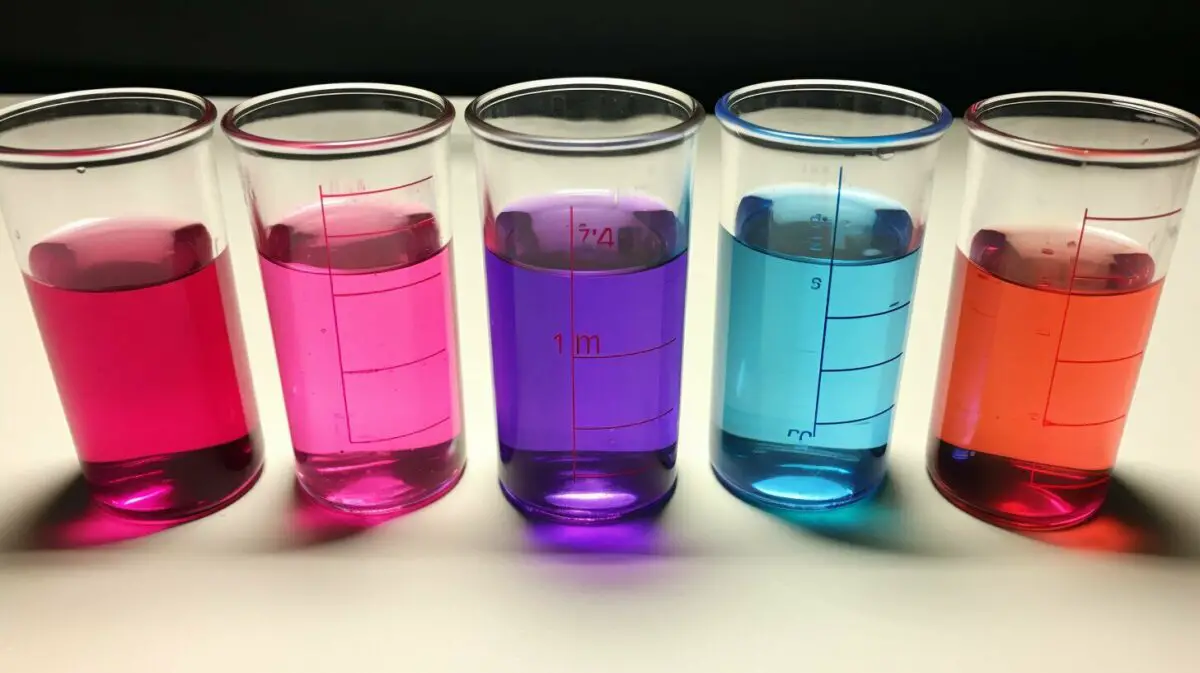
Milliliters and liters have numerous practical applications, from accurately measuring ingredients in cooking to conducting precise scientific experiments or measuring liquids for everyday tasks. Understanding the conversion between milliliters and liters is essential for ensuring accuracy in these measurements.
In cooking, recipes often require specific measurements of liquids, such as water or milk, in milliliters or liters. By accurately measuring these ingredients, you can ensure that your dishes turn out as intended. Whether you’re baking a cake or preparing a sauce, having a clear understanding of milliliters and liters allows you to follow recipes with precision.
Scientific experiments also rely heavily on accurate measurements. From chemistry to biology, understanding milliliters and liters is crucial for performing experiments and recording results. Whether you’re measuring the volume of a liquid in a test tube or calculating the concentration of a solution, having a strong grasp of these measurements is essential for accurate scientific research.
Even in daily life, milliliters and liters play a role in various tasks. From measuring the amount of liquid detergent for laundry to pouring a specific volume of medicine, understanding these measurements ensures that you’re using the correct amount for the task at hand. Additionally, being able to convert between milliliters and liters allows you to understand the capacity of containers, such as water bottles or storage jars.
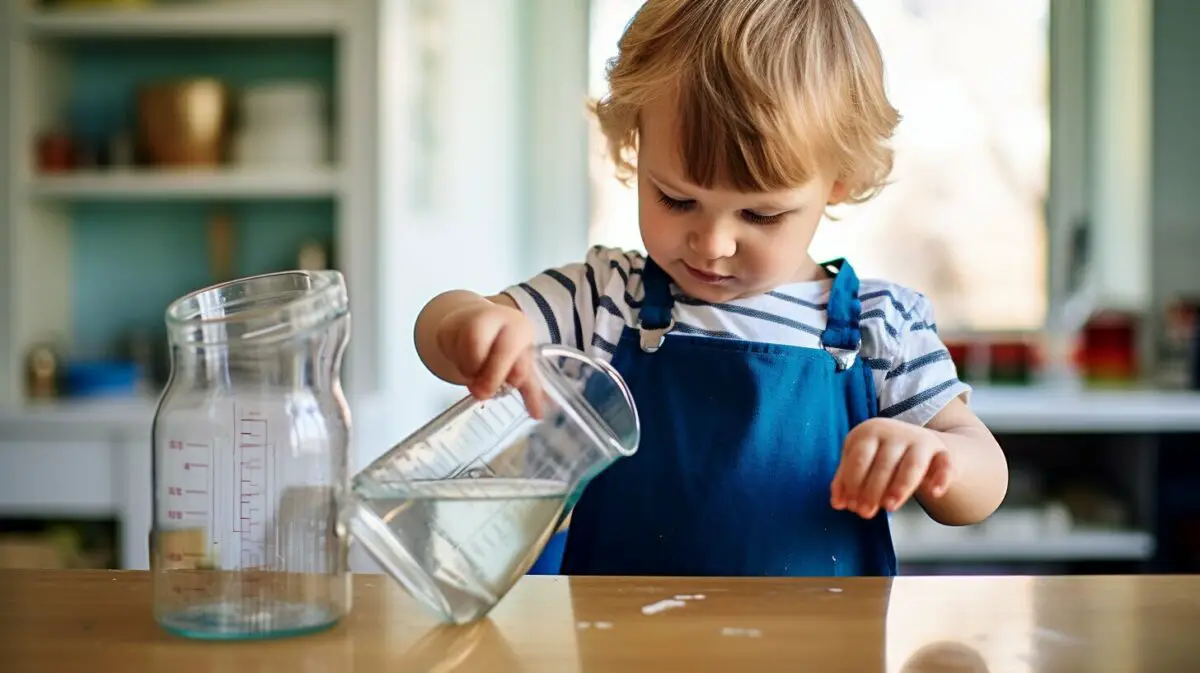
| Milliliters (ml) | Liters (L) |
|---|---|
| 100 | 0.1 |
| 250 | 0.25 |
| 500 | 0.5 |
| 1000 | 1 |
| 1500 | 1.5 |
Using this conversion table, you can easily convert between milliliters and liters for various measurements. By utilizing the appropriate conversion factors, you can ensure accurate and precise conversions in your everyday life.
The Significance of Accuracy in Measurement
Achieving accurate measurements is crucial in various fields, and understanding significant figures, precision, accuracy, and sources of uncertainty can help minimize errors in conversions. When converting between milliliters and liters, it is important to consider the level of precision required for the specific application.
Precision refers to the level of detail or granularity in a measurement, while accuracy refers to how closely a measurement aligns with the true or accepted value. In measurement conversions, it is essential to use the appropriate number of significant figures to ensure both precision and accuracy.
| Measurement | Precision | Accuracy | Significant Figures |
|---|---|---|---|
| Milliliters to Liters | 1 mL | 1 mL = 0.001 L | Up to 3 significant figures |
| Liters to Milliliters | 1 mL = 0.001 L | 1 mL | Up to 3 significant figures |
Remember, significant figures are the digits in a measurement that carry meaning. They include all certain digits and one uncertain or estimated digit. When converting milliliters to liters or vice versa, consider the known digits and round the result to match the least precise measurement.
It’s also important to acknowledge sources of uncertainty in measurements, as they can contribute to the overall error in conversions. Variations in instruments, environmental conditions, and human error can introduce uncertainty. By being aware of these factors and using appropriate rounding rules, you can mitigate the impact of uncertainties in your conversions.

Various conversion tools and resources are available to simplify the process of converting between milliliters and liters, including online calculators, conversion tables, and reference materials. These tools can be incredibly useful for quickly and accurately converting measurements, saving you time and effort.
Online calculators are particularly convenient and user-friendly. They allow you to simply input the value you want to convert, whether it’s in milliliters or liters, and instantly get the equivalent measurement in the other unit. These calculators are often designed with user-friendly interfaces, making them accessible to anyone, even those without a strong background in math or units of measurement.
Another helpful resource is conversion tables, which provide a comprehensive list of conversion factors between milliliters and liters. These tables typically display a range of common values, making it easy to find the specific conversion you need. They can be especially handy when you’re working with multiple measurements that need to be converted.
| Milliliters (ml) | Liters (L) |
|---|---|
| 100 ml | 0.1 L |
| 250 ml | 0.25 L |
| 500 ml | 0.5 L |
| 750 ml | 0.75 L |
| 1000 ml | 1 L |
Reference materials, such as textbooks or online guides, can further enhance your understanding of milliliters and liters and provide additional conversion formulas and tips. These resources often explain the underlying principles and concepts behind unit conversions, helping you grasp the logic behind the calculations.
Whether you’re in the kitchen, conducting scientific experiments, or simply trying to measure liquids accurately, having access to reliable conversion tools and resources can make a significant difference. They enable you to convert between milliliters and liters with ease, ensuring precision in your measurements and making your daily tasks more efficient.

Exploring Other Metric Volume Units
While milliliters and liters are commonly used for measuring volume, it’s worth exploring other metric units such as cubic centimeters and cubic meters that offer alternative measurements for capacity. These units provide more flexibility and precision when dealing with larger or smaller quantities of liquids or substances.
Let’s start with the cubic centimeter (cc), also known as a milliliter. It is equivalent to one milliliter or one thousandth of a liter. The cubic centimeter is often used in scientific experiments or medical settings where precise measurements are crucial. For example, when measuring medications or chemicals, the cubic centimeter is a preferred unit due to its accuracy.
On the other end of the spectrum, we have the cubic meter (m³), which is much larger than both milliliters and liters. A cubic meter is equivalent to 1,000 liters or one million cubic centimeters. It is commonly used to measure large volumes of substances, such as water tanks, swimming pools, or storage containers.
| Metric Volume Unit | Equivalent | Symbol |
|---|---|---|
| Milliliter | 1 cubic centimeter | 1 cc or 1 mL |
| Liter | 1,000 milliliters | 1 L |
| Cubic Meter | 1,000 liters | 1 m³ |
Understanding these alternative metric volume units can broaden our understanding of capacity measurements. Whether we’re dealing with small quantities in milliliters or larger volumes in cubic meters, having knowledge of these units allows us to approach measurements with greater accuracy and precision.
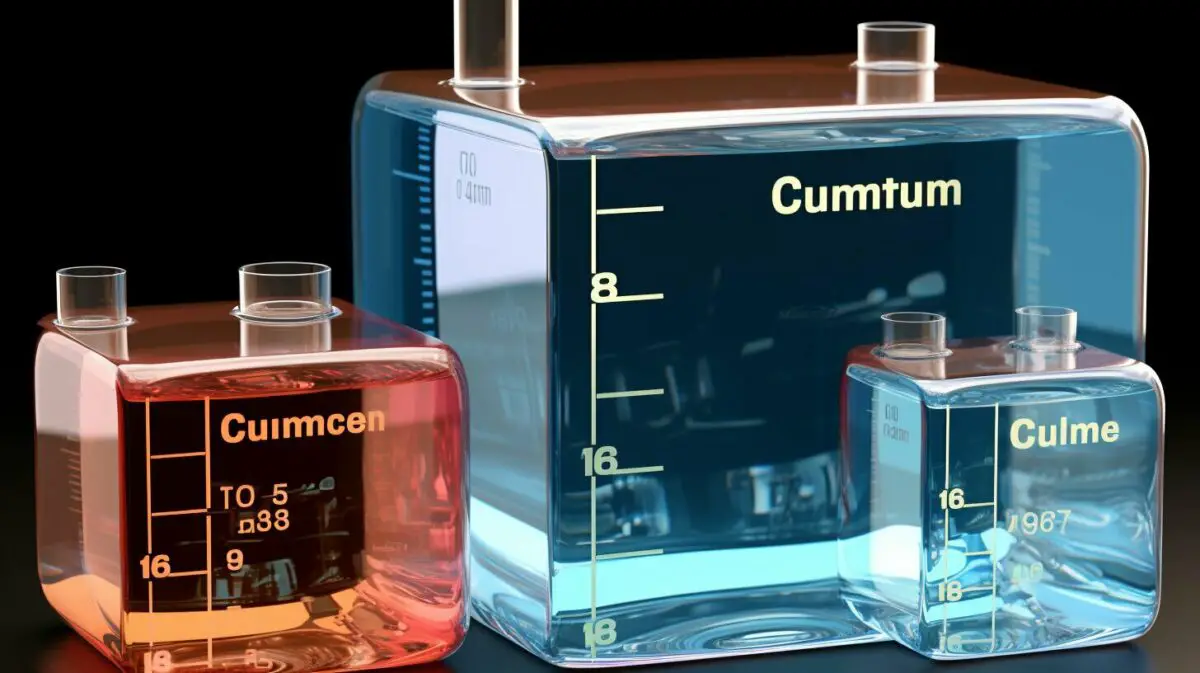
Understanding the conversion between milliliters and liters opens up a world of precise measurements in cooking, science, and daily activities, allowing for accurate quantification of liquids and enhancing the overall accuracy of measurements.
By knowing that 1 liter is equal to 1,000 milliliters, you can effortlessly convert between these units to ensure accuracy in your calculations. When converting from milliliters to liters, simply divide the number of milliliters by 1,000. For example, 1,500 milliliters is equal to 1.5 liters.
Conversely, when converting from liters to milliliters, multiply the number of liters by 1,000. For instance, 1.5 liters is equal to 1,500 milliliters. This knowledge empowers you to confidently measure and convert liquids with precision.
It’s fascinating to note that the liter, a unit of measurement, has its roots in France in 1795. Defined as the space occupied by 1 kilogram of pure water, the liter is an essential metric unit in the International System of Units (SI units). The milliliter, on the other hand, is one thousandth of a liter, making it a crucial fractional measurement for precise quantification.
FAQ – How Many Milliliters in a Liter? (Measurement Conversion Guide):
Q: How many milliliters are in a liter?
A: In American English, 1 liter is equal to 1,000 milliliters.
Q: How do I convert milliliters to liters?
A: To convert milliliters to liters, you divide the number of milliliters by 1,000. For example, 1,500 milliliters is equal to 1.5 liters.
Q: How do I convert liters to milliliters?
A: To convert liters to milliliters, you multiply the number of liters by 1,000. For example, 1.5 liters is equal to 1,500 milliliters.
Q: What is a liter?
A: A liter is a metric unit of measurement introduced in France in 1795. It is defined as the space occupied by 1 kilogram of pure water. It is commonly used to measure volume and capacity.
Q: What is a milliliter?
A: A milliliter is one thousandth of a liter. It is a metric unit of measurement for volume and is often used to measure liquids in various contexts.
Source Links
- https://www.inchcalculator.com/convert/liter-to-milliliter/
- https://www.metric-conversions.org/volume/liters-to-milliliters.htm
- https://www.liveeatlearn.com/how-many-milliliters-in-a-liter/
Related Recipes:
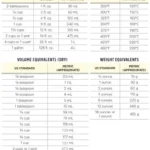 How Many Cups Are in a Liter: Unlocking the Mystery
How Many Cups Are in a Liter: Unlocking the Mystery
 How Many Milliliters in a Quart? (Perfect Measurement Conversion Guide)
How Many Milliliters in a Quart? (Perfect Measurement Conversion Guide)
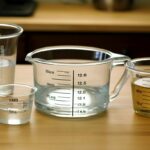 How Many Cups Are in a Liter? (Perfect Measurement Conversion Guide)
How Many Cups Are in a Liter? (Perfect Measurement Conversion Guide)
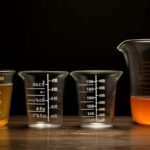 How Many Milliliters in a Pint? (Measurement Conversion Guide)
How Many Milliliters in a Pint? (Measurement Conversion Guide)
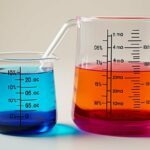 How Many Milliliters in an Ounce? (Perfect Measurement Conversion Guide)
How Many Milliliters in an Ounce? (Perfect Measurement Conversion Guide)
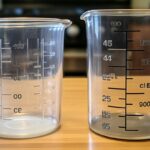 How Many Quarts in a Liter? (Perfect Measurement Conversion Guide)
How Many Quarts in a Liter? (Perfect Measurement Conversion Guide)
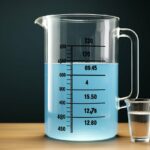 How Many Milliliters in a Gallon? (Perfect Measurement Conversion Guide)
How Many Milliliters in a Gallon? (Perfect Measurement Conversion Guide)
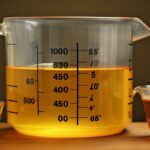 How Many Ounces Are in 750 ml? (Measurement Conversion Guide)
How Many Ounces Are in 750 ml? (Measurement Conversion Guide)


